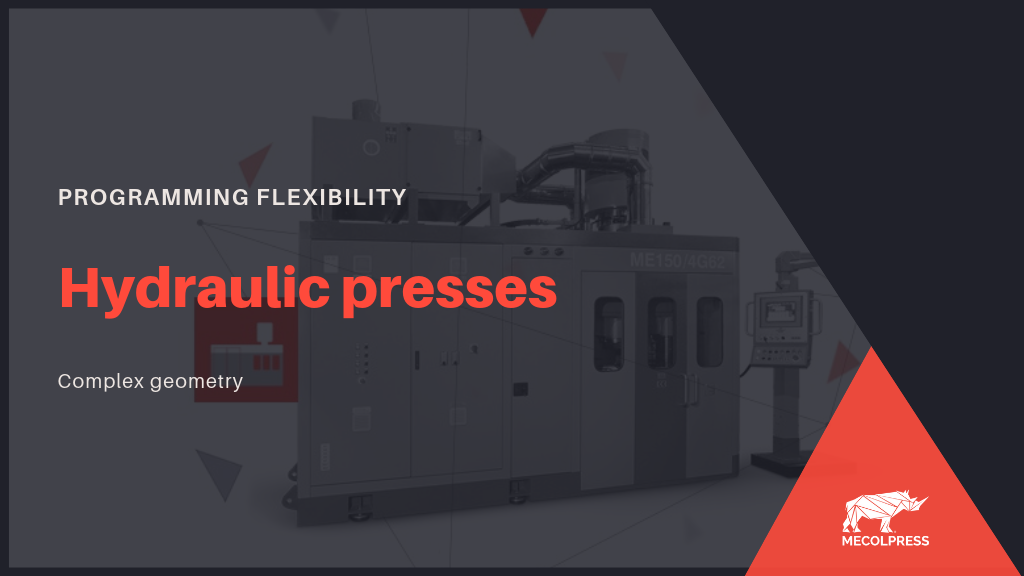
Mecolpress hydraulic presses: features and advantages
Mecolpress boasts a wide range of hydraulic presses of different tonnages, ideal for the realization of hot forged parts with complex geometry. The presses are equipped with a Mecolpress proprietary software, “Calipso”, that allows to monitor the entire productive cycle of the hydraulic press according to numerous parameters.
Features of hydraulic presses
Hallmark of every hydraulic press is the programming flexibility. Since the ram and the punches are independently controlled by hydraulic cylinders, this allows to carry out some corrections during the working cycle to remedy some eventual defects by acting on the movement of a single component through software.
Hydraulic presses can hot forge different materials including brass, copper, aluminum, steel and titanium alloys.
Range of Mecolpress hydraulic presses
Mecolpress offers to its customers a wide range of presses with a die closing force that currently goes from 100 to 500 tons and a minimum punch force of 30 tons that can arrive till 350 tons.
Moreover, our hydraulic presses are provided with a loading arm for warm billets and with an unloading arm for the forged part. Based on the customer’s needs concerning the layout for the hot forging production line, the arms can be placed on the same side and working in sync, otherwise placed on the opposite sides and working autonomously. Thanks to “Calipso” software developed by Mecolpress and installed on every hydraulic press, the press can detect which parts are not in compliance with the programmed parameters, and these parts will be automatically separated from the others by the unloading arm, flowing into a box for wastes.
This management allows to optimize the checks and to save time on the productive cycle.
Possible configurations of a hydraulic press
Mecolpress hydraulic presses can be set up in a custom-made way according to production needs expressed by the customer. For example, one or two punches can be placed with an entry angle different from the classic 90°, allowing the realization of particularly complex shapes such as, for example, Y-junctions and filter bodies.
Further possible configurations are:
- the addition of a fifth vertical punchthat operates under the die,
- the loading of one or two billets at the same time till a maximum of four,
- the addition of pyrometers for billet temperature detection,
- the application of extra sensors on the punches for both physical and mechanical data collection that are then sent to the PLC and that allow to better monitor the production cycle.
Indeed, the sensors always check the movement carried out by the punches during the stroke and it is possible to obtain a representation of the different acceleration and deceleration phases. This real time analysis allows to notice eventual problems and to understand if these derive, for example, from the die or if these are of hydraulic or mechanical type.
In this way also the Mecolpress service team can intervene in a more to the point and prompter way, reducing the machine stop costs.
